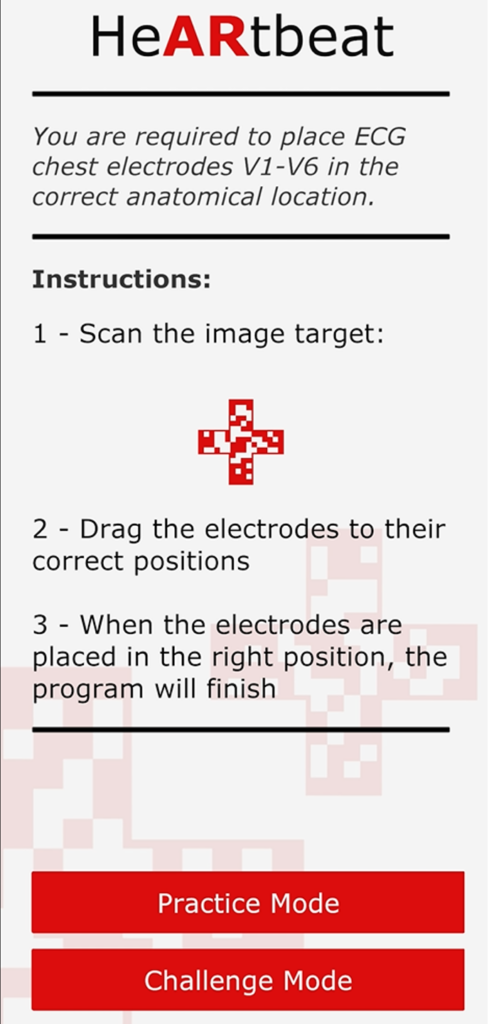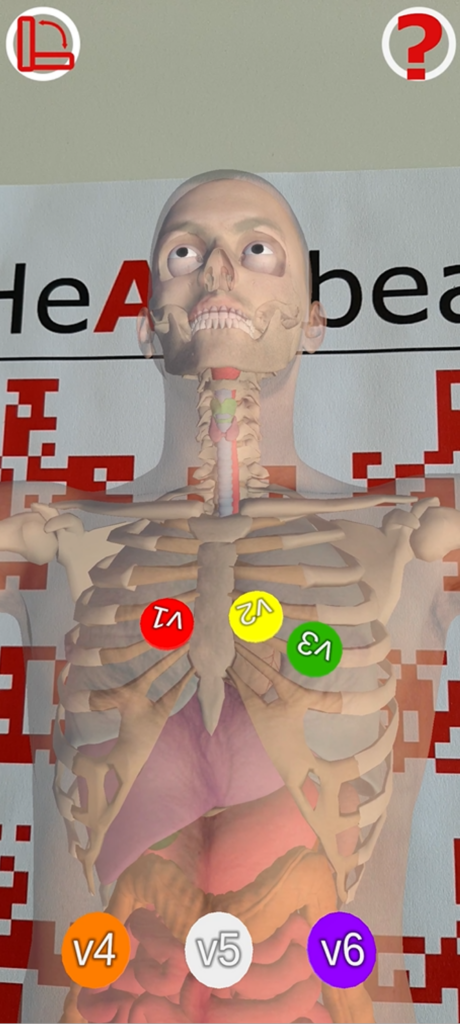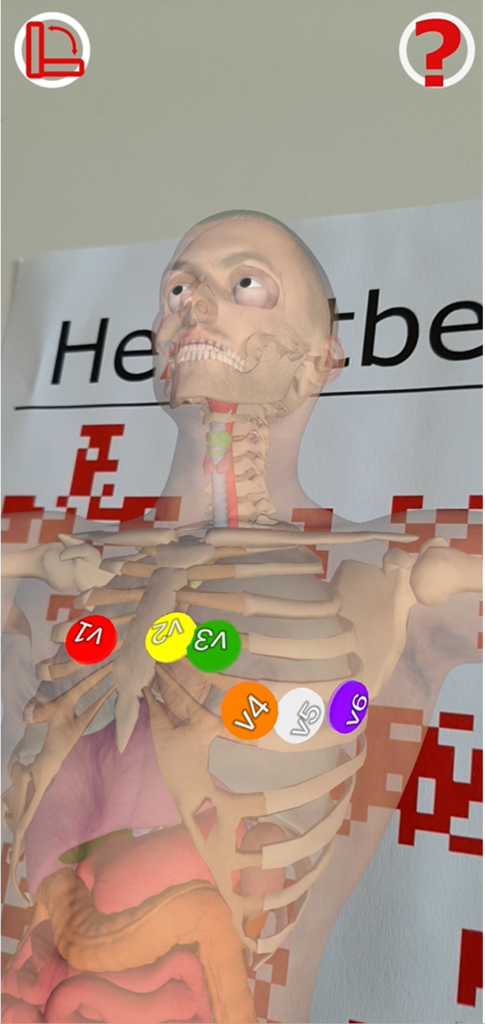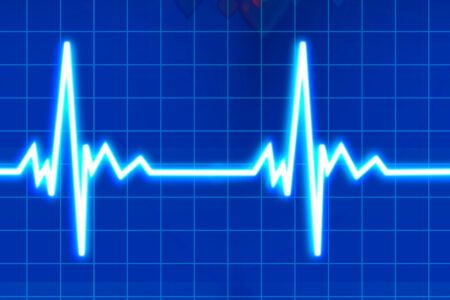Dr Cathal Breen, Cardiac & Vascular Physiology Theme Lead at The Physiological Society and Senior Lecturer in Physiology & HCPC registered Clinical Scientist, Ulster University, UK
In this Q&A, Dr Cathal Breen tells us about a smartphone app he designed with WANDER lab called HeARbeat and how it can assist with teaching and learning cardiac physiology.
What inspired the project?
A colleague, Professor John Barrow (University of Aberdeen, UK) introduced me to Dr William Hurst (Wageningen University, Netherlands), who specialises in data science and creative technologies, and WANDER lab, a team dedicated to developing 3D visualisation and immersive experiences with modern data science to transform research and education. We collaborated to design HeARtbeat, a smartphone application that uses augmented reality (AR) to teach electrocardiogram (ECG) electrode placement. John and William had already produced AR tools to assist in teaching pharmacology and physiology and I was eager to learn from their experience.

How can it help students with clinical skills training?
To provide a format for students to learn ECG electrode placement, using their own technology and at a pace that suits their learning needs best. The HeARtbeat app enables the rehearsal of a clinical skill through simulation and completely transforms the learning format used to teach clinical skills.
Were there any challenges in creating this learning tool?
Once we had discussed and agreed on the purpose of the app the challenge was refining the visual makeup of the app to include an avatar, and solving the conundrum that still is a problem for teaching this technique, namely providing an illustration of “real life” correct ECG electrode placement to cross reference the learners effort when using the app.

What did you enjoy about developing the app?
It is very enjoyable to work with such high calibre academics and see initial ideas develop and finesse. The diverse backgrounds of our careers and expertise really stood out for this project and reflects how multidisciplinary research should work and what it can achieve.
I really enjoyed the story boarding and innovation elements of this project and having a product to showcase is really rewarding.
Where do you see this app being used in the future?
This app will be useful for clinical skills training to benefit educational institutions across the world. As well as offering training to novices, this technology will also enable quality assurances of clinical skills and that will hugely advocate patient safety and best practice in clinical settings. Imagine if health professionals could access AR lead clinical skills training at the touch of an app. I think there is potential to really impact efficient learning and safe care across the world.
Cathal is the new Cardiac & Vascular Physiology Theme Lead at The Physiological Society. You can learn more about his role here. We recommend reading his blog about his research on heart rhythms and why he is studying the fat around the heart.



